Overview & Depth
Assessment criteria for public examinations (at A-level and GCSE) require students to study history at different scales of resolution. Sometimes they are required to adopt a wide vantage point that allows them to survey a long sweep of time, making it possible to see the prevailing trends and turning points. On other occasions they are required to zoom in close, focusing on a much shorter time-span, with scope to examine the lives of individuals and particular groups of people. The materials in this section deal with the distinctive characteristics of schemes of work operating at these different levels and also prompt teachers to consider how overview and depth studies can best be combined and sequenced at Key Stage 3 – helping students to develop more coherent frameworks on which to build their own ‘big pictures’ of the past. Read more
-
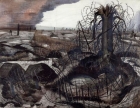
Helping Year 9 explore the cultural legacies of WW1
ArticleClick to view -
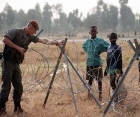
Bringing Rwanda into the classroom
ArticleClick to view -

Building an overview of the historic roots of antisemitism
ArticleClick to view -
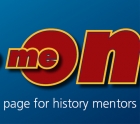
Move Me On 152: How to teach meaningful overviews
ArticleClick to view -
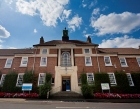
Continuity in the treatment of mental health through time
ArticleClick to view -
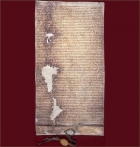
Year 9 - Connecting past, present and future
ArticleClick to view -
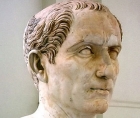
Out went Caesar and in came the Conqueror: A case study in professional thinking
ArticleClick to view -

Time and chronology: conjoined twins or distant cousins?
ArticleClick to view -
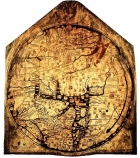
Polychronicon 146: Interpreting the history of 'big history'
ArticleClick to view -
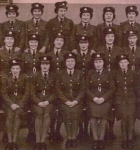
Community engagement in local history
ArticleClick to view -

Understanding 'change and continuity' through colours and timelines
ArticleClick to view -
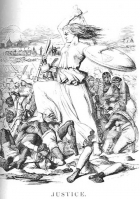
Building memory and meaning
ArticleClick to view -
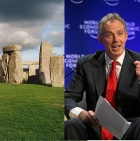
Potential and pitfalls in teaching 'big pictures' of the past
ArticleClick to view -

What time does the tune start? From thinking about 'sense of period' to modelling history at Key Stage 3
ArticleClick to view -

Raising the bar: developing meaningful historical consciousness at Key Stage 3
ArticleClick to view -

The return of King John: using depth to strengthen overview in the teaching of political change
ArticleClick to view -

Into the Key Stage 3 history garden: choosing and planting your enquiry questions
ArticleClick to view -

Thinking across time: planning and teaching the story of power and democracy at Key Stage 3
ArticleClick to view -

"Is it the Tuarts and then the Studors or the other way round?" The importance of developing a usable big picture of the past
ArticleClick to view -

A need to know: Islamic history and the school curriculum
ArticleClick to view

